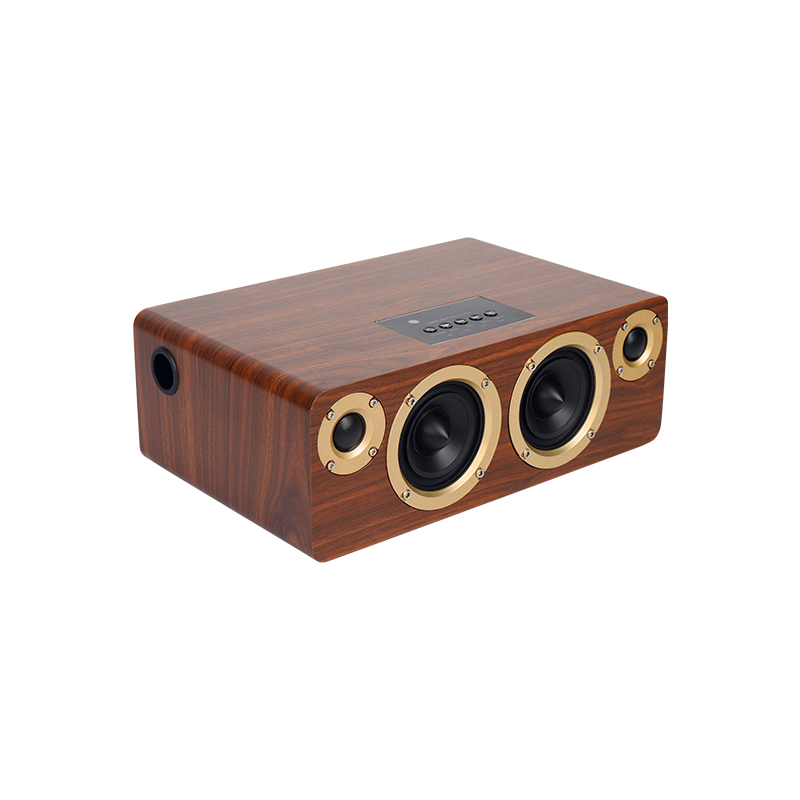1. High signal-to-noise ratio
The digital audio recording form is binary code, and only needs to judge "0" or "1" during playback. Therefore, the noise of the recording medium has little effect on the signal-to-noise ratio of the reproduced signal. The analog audio recording form is a continuous sound signal. During the recording and playback process, it will be affected by such as tape noise. It must be superimposed on the sound signal to make the sound quality worse. Although noise reduction measures have been taken in the analog audio, it cannot be fundamentally above to be eliminated.

2. Low distortion
In the process of analog audio recording and playback, the nonlinearity of the magnetic head will introduce distortion, so measures such as AC bias recording must be taken, but the distortion still exists. In digital audio, the magnetic head only works in two states of magnetic saturation or non-magnetic, indicating 1 or 0, and there is no linearity requirement for the magnetic head.
3. Good repeatability
Digital audio equipment is copied and reproduced many times without deterioration of sound quality. In traditional analog cassette tape recording, the noise recorded on the tape will increase every time you re-record, resulting in a reduction of the signal-to-noise ratio by about 3 dB each time you re-record. deterioration.
4. Small shaking rate
The digital audio playback system does not require a precise mechanical system like in analog recording due to the action of the time base correction circuit, and the instability of the rotating system and the driving system will not cause jitter.
5. Strong adaptability
What digital audio records are binary codes, all kinds of processing can be carried out as numerical operations, without changing the hardware, only software operation is used, which is convenient for microcomputer control, so it has strong adaptability.